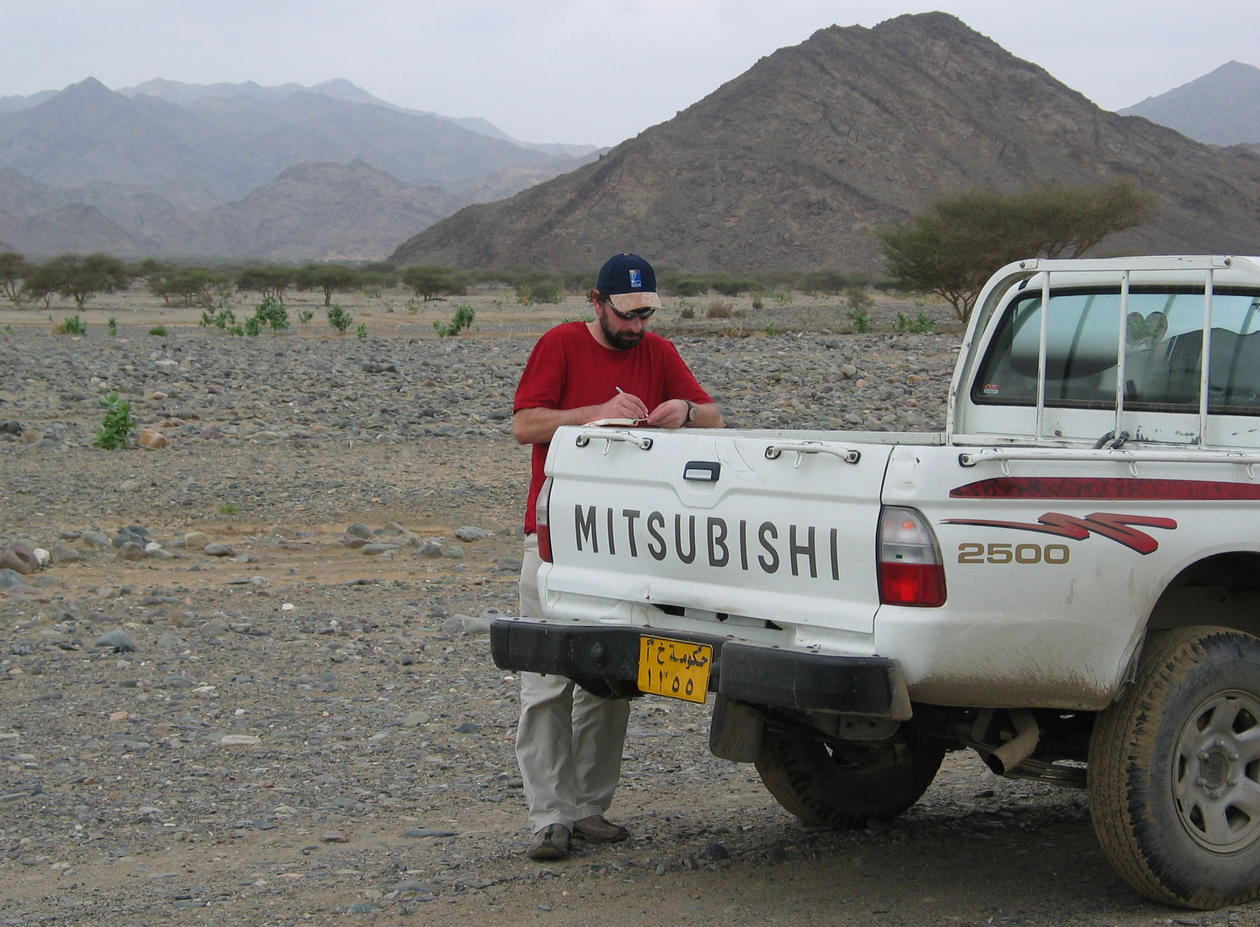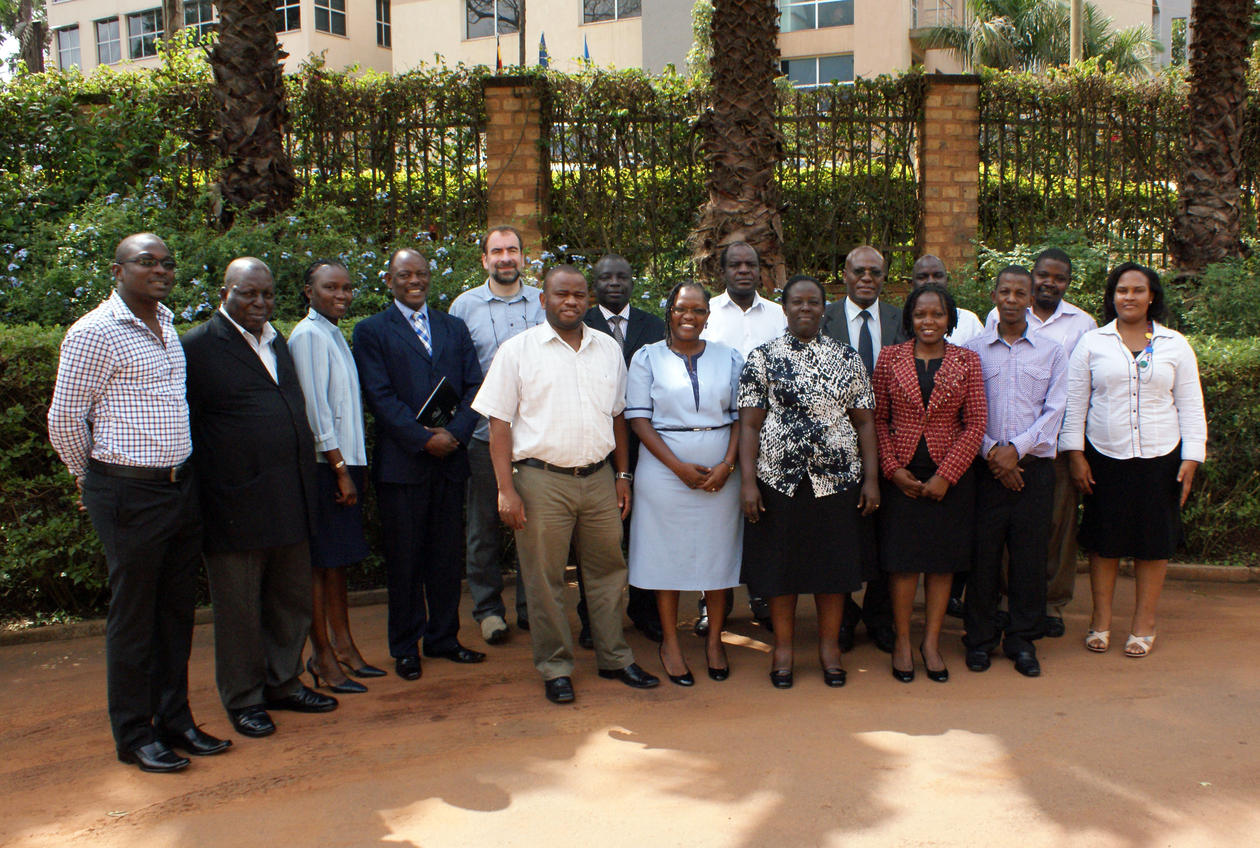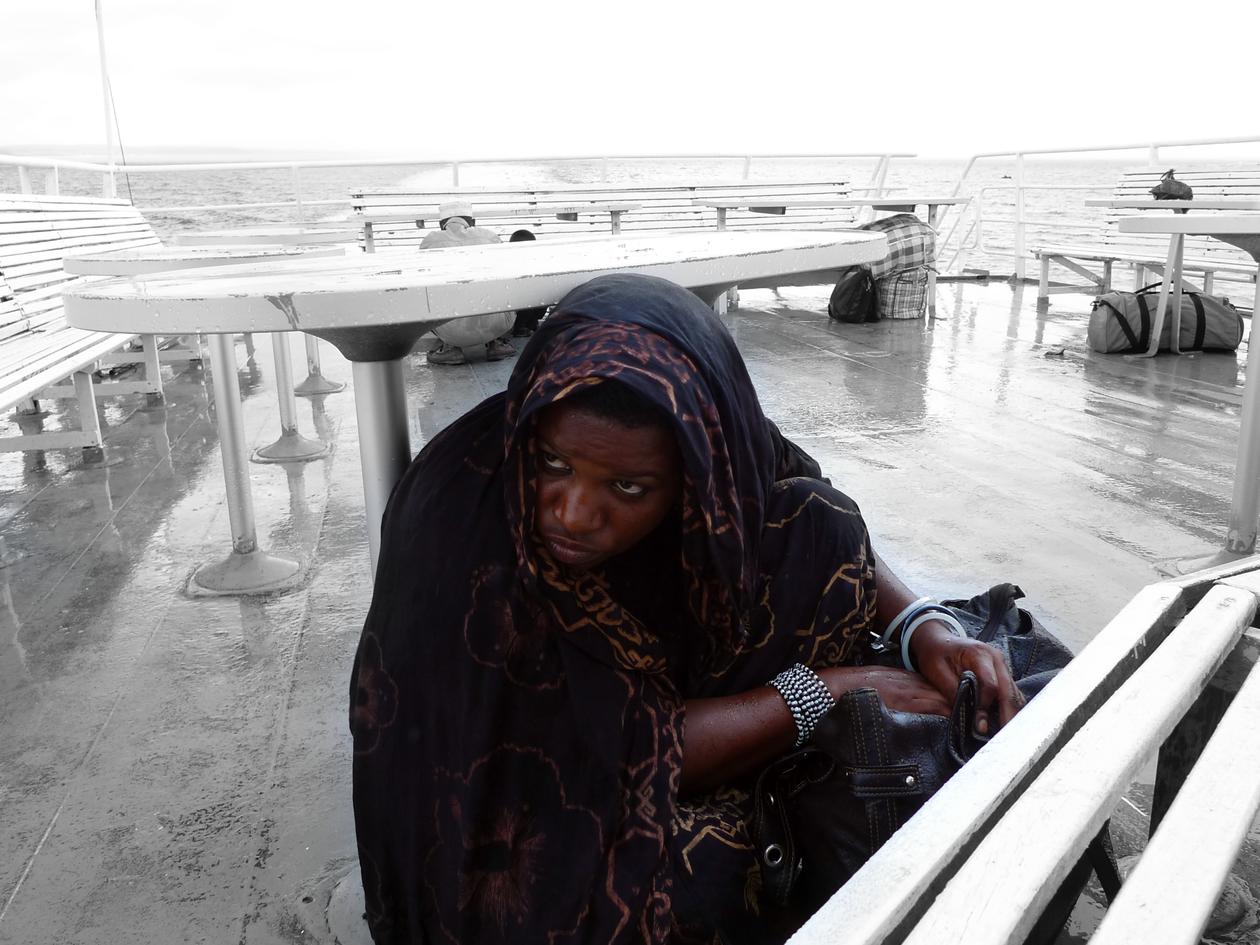Improving weather forecasting in East Africa
UiB has teamed up with universities in South Sudan, Tanzania and Uganda to develop the meteorological capacity of the three countries.

Hovedinnhold
The project seeks to advance all aspects of meteorology in the region - from increasing the density of weather stations, training in the use of modelling for weather prediction and analysis, to innovative ways of disseminating forecasts. UiB will be involved in knowledge transfer, curriculum development, supervision of five PhD students and teaching in the region.
The WIMEA-ICT project (Improving Weather Information Management in East Africa for effective service provision through the application of suitable ICTs) is a combined research and capacity building project funded by Norad’s Programme for Capacity Development in Higher Education and Research for Development (NORHED) scheme.
The project is a joint effort led by Makerere University in Uganda together with Dar es Salaam Institute of Technology in Tanzania, the University of Juba in South Sudan and the University of Bergen’s Geophysical Institute.
Autonomous weather stations
Uganda has some infrastructure in place, but its weather services still uses analogue weather stations which are manually monitored. Collected data is called in to a central by the person manning the station. South Sudan has only four partially operative stations. Tanzania has a relatively well-functioning network of weather stations.
“These are three very different countries in terms of meteorology, but there is a general need to automate weather stations and increase their density in order to improve quality and quantity of weather data,” says Joachim Reuder, Professor of meteorology at UiB’s Geophysical Institute.
One of the cornerstones of the project is therefore the development and deployment of small autonomous weather stations powered by wind turbines or solar cells. The project will increase station density by 70 to 100 stations across the three countries.
This part of the project will receive input from the University of Stockholm with its expertise in electronics and electrical engineering. The weather stations will cost about $2,000 per unit, compared to the official weather station of the World Meteorological Organisation (WMO) at $50,000 per unit.
“Of course we are not talking about WMO quality here, but we believe that density and automatic transfer of data is more important than a very high accuracy,” explains Professor Reuder.
Dissemination of forecasts
The project hopes to link these national networks of weather stations in order to further increase the accuracy of forecasts. However, the national meteorological services control all national weather data and have monopoly on giving forecasts. But, Reuder thinks that the authorities will allow free access to data and welcome innovative approaches to publishing forecasts.
Reliable and accurate weather forecasts are important for many user groups like the agricultural sector (e.g. when to sow) and fishermen and ferryboats on Lake Victoria. Thunder storms can build up in an hour or two, and every years about three thousand people die on Lake Victoria due to weather related accidents.
“Timely dissemination of weather information is more or less absent in East Africa. Our project will explore innovative ways of making timely forecasts available to the public – perhaps a cell phone app could be a useful tool. Combined with a system of raising flags on the shores of Lake Victoria, forecasts can also reach fishermen,” says Professor Reuder.
More modelling
Tanzania is the only country of the three that is operational or nearly operational in terms of numerical weather prediction. Better modelling capacity will speed up data processing and analysis which will result in better forecasts.
The project will set up a server structure and roll out the ‘open source’ Weather Research and Forecasting Model (WRF). This modelling tool will be implemented in all countries and can be used both operationally for weather forecasts but also for work with scientific studies. This will involve training and exchange of scientific personnel. UiB has good experience in developing e-learning tools and will develop a special curriculum and a program in WRF.
Another part of the project is the creation of weather data repositories and the digitization of old weather data. The national weather services in the three countries have handwritten logs dating back to 1850 in their archives.
“This data is not digitized, has not been used in any study, and could be very interesting for research looking at climate change over the past 150 years. A component of the project will digitize, check data for quality and make them available to researchers,” says Reuder.


